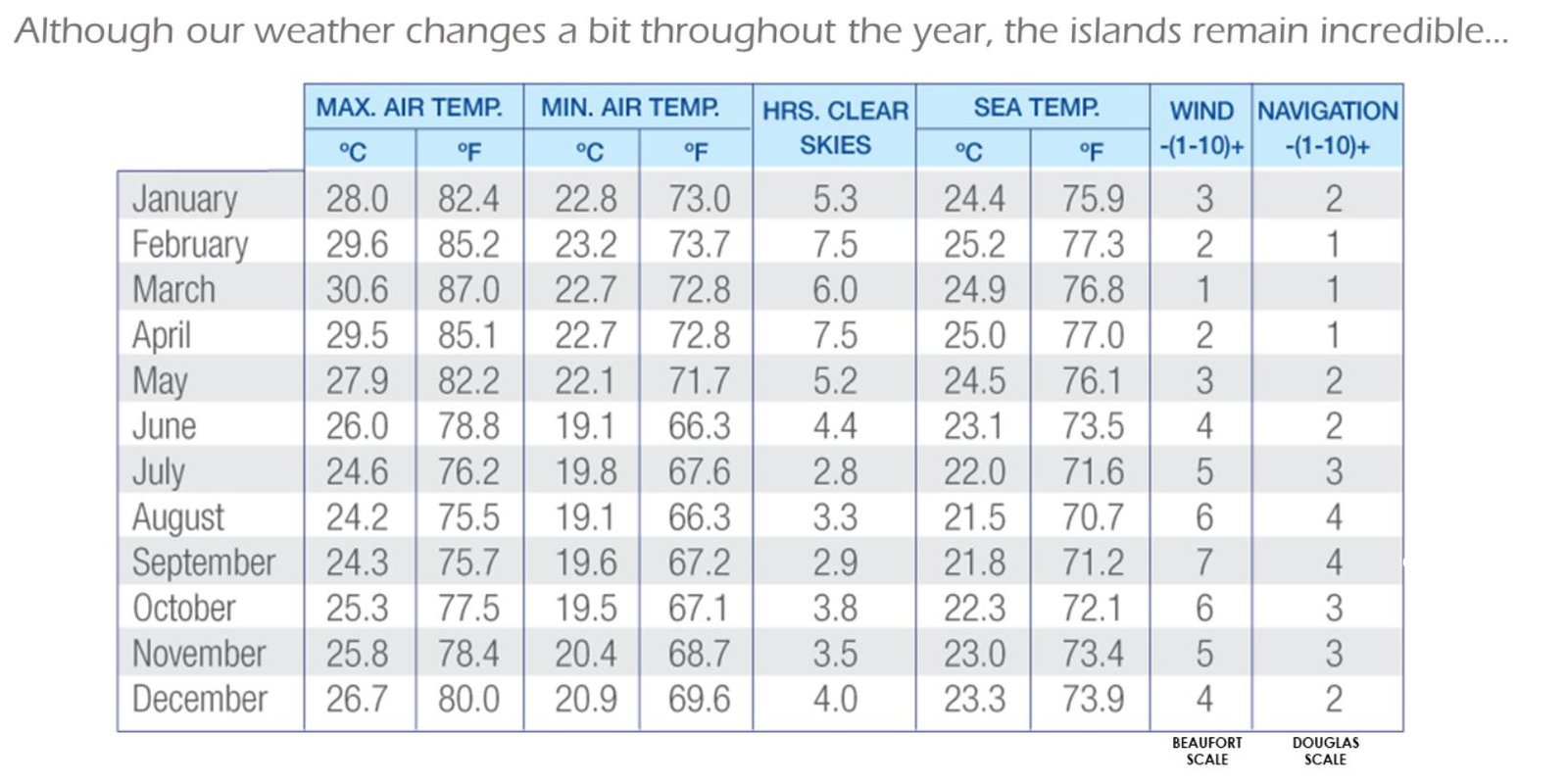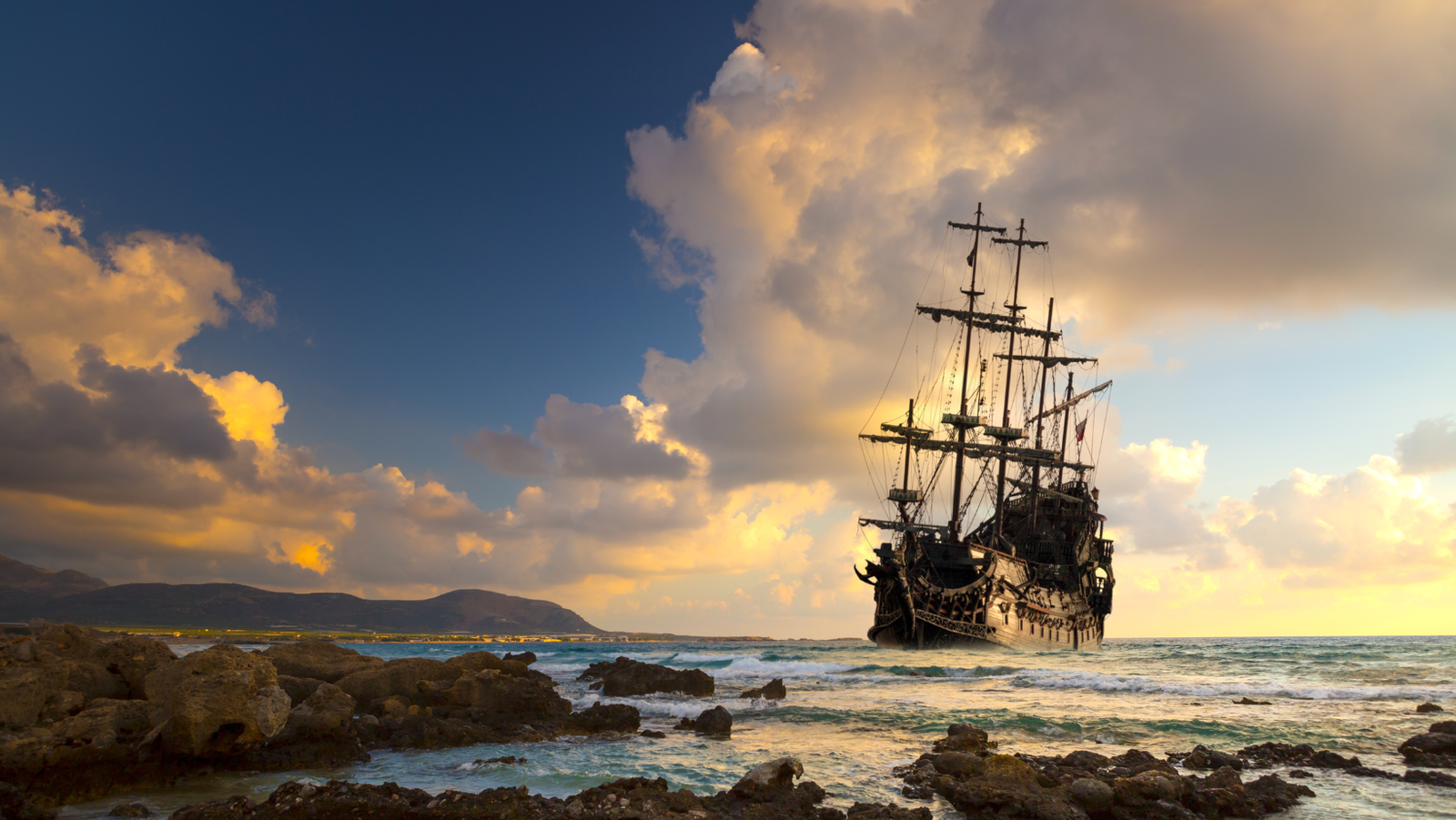TRAVEL & ADVENTURE – Cuenca Expats Magazine Explores Galapagos.
-
Expats Magazine Group

- April 17, 2024
Cuenca Expats Magazine, Issue 41
By Ed Lindquist y Yenis Bejas
Photos: Courtesy of Metropolitan Touring and Cuenca Expats Magazine
Visiting the Galapagos Islands is on almost every “bucket list.” It’s also high on the wish list for every fellow expat we have talked with, especially now that they live in Ecuador.
Why? What’s so special about an out of the way volcanic archipelago? We wanted to find out for ourselves. So, thanks to our friends at LATAM and Metropolitan Touring, we are off on our first exploration of the Enchanted Islands.
Most of us schooled in North America had a biology class in high school on natural selection. We probably learned about Charles Darwin being influenced by observing in the Galapagos Islands the same species adapting to different environments on the various islands. Other than the long-ago class room, I never really focused on knowing anything more about the islands—until now The Galapagos Archipelago consists of 20 islands, 42 islets, and over 250 named rocks.



Five islands are inhabited (Santa Cruz, San Cristóbal, Isabela, Floreana, and Baltra which is just a military base/airport/naval station). The Galapagos Islands are a province of Ecuador, situated directly on the equator. One would think that means very hot year-round temperatures. Not true. The warmest month of the year is March (only 87°), coolest is August (75°). There are two seasons: dry (June ̶ November), and hot (December ̶ May). The temperature and rainfall are determined by the Humboldt and Peru oceanic currents that pass by the islands for most of the year, but also the warm northern currents that come down during the first three months of the year.

Only one of the islands has any fresh water: San Cristóbal Island has a real fresh water lagoon (called El Junco) and it is the source of water for that island.
Galapagos also sits right on a global “hot spot” of volcanic activity. Actually, all the islands are volcanically formed but at different times (like the Hawaiian Islands). All are young in geological terms (3 ̶ 5 million years), and there are still active volcanos. In fact, there’s ongoing volcanic activity now on Wolf Volcano in the northern portion of Isabela Island.
It surprises everyone that the islands are 53,000 square miles in size—ninety seven percent water. And, they are far off the mainland—over 600 miles—like flying from San Francisco to Los Angeles. Only 3% of the Galapagos are open to tourism. Unlike the famous Easter Islands off Chile, there was no indigenous culture on the islands.
The first European discoverer was Fray Tomás de Berlanga, bishop of Panama, arriving on March 10, 1535. Currents drove his ship toward Galapagos after setting out from Panama on his way to Peru. In 1574 the Galapagos Islands were included in a world atlas by a Flemish cartographer Abraham Ortelius in his work Theatrum Orbis Terrarum. He named the islands “Insulae de los de Galapagos.” The shells of the giant tortoises reminded early Spanish visitors of horse saddles, and Galapagos comes from the old Spanish word for saddle.
During the 17th century, pirates came to the islands and became the first to use them as a base. The islands were strategically convenient because they were sufficiently distant from the mainland to permit escape, yet close enough to the trade routes and coastal cities for raids. The islands were also useful as a source of food in giant tortoises. And, there was enough water for the pirates to replenish their supplies. As far as anyone knows, there was never any buried treasure on the islands.
As piracy began to wane, the next to use the islands were the whaling ships. The Galapagos were a key whaling area because of the breeding grounds for sperm whales and the deep-water feeding areas of the species to the west of the islands. Whalers called these areas the “Galapagos Grounds.” The Galapagos Islands served as the main Pacific base for whalers until the discovery, in 1819, of the rich whaling grounds to the northwest of Japan.
Surprisingly, the first recorded full-time resident of the islands was not Spanish, but a marooned Irish sailor named Patrick Watkins. Due to misbehavior, and possibly related to his ability to get drunk quite regularly, the ship’s captain decided to abandon him on Floreana Island. He lived on the island (1806 ̶ 09) trading vegetables with whalers.


Galapagos has been an Ecuadorian province since 1832 (two years after the republic was founded). In those days, it was called Archipelago de Colón (Columbus Archipelago). Obviously, Columbus was never anywhere close to the islands. The archipelago was given its official name in 1892 by the Ecuadorian government on the 400th anniversary of the voyage of Columbus. Over the years, many attempts to colonize the islands had little or no success. There were even prisons established for pollical prisoners in the 1830s on Floreana and San Cristóbal Islands. As recent as 1944, the Ecuadorian government established a third colony on Isabela Island. Here, the prisoners built the infamous “Wall of Tears” between 1945 and 1959.
There was no reason to build this wall (20’ high X 10’ wide and 328’ long) other than to make the prisoners suffer. It’s rumored thousands of prisoners died building the wall. There are no longer penal colonies on the islands. The largest colonization of the islands happened in WW II. Up to this time, only 800 or so people resided full time on the islands.
In order to help defend the Panama Channel, the US Army built an airfield on the small island of Baltra. Around 3,000 service personal and contactors called the islands home during the war years.
BTW, this airfield (refurbished many times) is still in use today as one of the two airports on the islands.
Today, four of the islands hold an estimated 30,000 full-time residents, the majority of which live on Santa Cruz Island around the port city of Puerto Ayora, followed by San Cristobal, which contains the islands capital of Puerto Baquerizo Moreno.
To protect the delicate balance of eco-systems on the islands and to better regulate tourism, a National Park was established in 1959 covering 98% of the islands. In 1978 the islands were designated a UNESCO World Heritage site, and in 1986 the Galapagos Marine Resources Reserve was created to protect the surrounding waters (expanded in 2022).
There have been many famous visitors to the islands. In 1841, the American writer Herman Melville (Moby Dick) visited the islands on a whaler. Maybe the best-known visitor was Charles Darwin in 1835 (more about him later).
Interestingly, for a man whose name will forever be tied to the islands, he was there for only five weeks and visited just four islands. When you go to explore Galapagos, you’ll join an exclusive club of a relatively small number who have gone before you. Each year (pre-COVID) the islands have under 220,000 visitors, less than a day’s worth at Disneyworld.
We are ready to see what’s so special about Galapagos. Please join us in the next article as we explore the Enchanted Islands. We will show you the ins and outs of how to travel to the islands, what to wear, what to do and see, plus a few important travel tips we learned along the way. Good winds to all.










